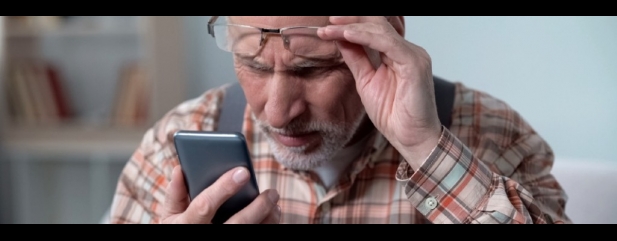Archived article
Please note that tax, investment, pension and ISA rules can change and the information and any views contained in this article may now be inaccurate.
‘How does the lifetime allowance test at 75 work?’

My SIPP is currently worth £900,000. If I crystallise the fund into drawdown today, will that mean I avoid a lifetime allowance charge if it subsequently grows in value above £1,055,000?
Romesh
Tom Selby AJ Bell Senior Analyst says:
There are a number of ‘benefit crystallisation events’ which HMRC uses to test how much of your available lifetime tax-free pension savings allowance you have used up.
If you exceed the lifetime allowance, a charge of 55% will be levied on lump sum withdrawals, or 25% where you allocate the excess to provide an income, which is then taxable when taken.
If we take your example of crystallising a £900,000 pot in the 2019/20 tax year, a quarter of this (£225,000) will be available tax-free, with the remaining £675,000 going into drawdown.
Once in drawdown, this money can be left invested, drawn as an income or taken as a single lump sum. Note any withdrawals above your tax-free lump sum will be taxed as income.
In this example, putting the entire fund into drawdown will use up 85.3% of the £1,055,000 lifetime allowance (£900,000/£1,055,000), meaning 14.7% of your lifetime allowance remains intact.
This might not be the end of the story, however, as a second lifetime allowance test will be applied at age 75. This test will take account of any fund growth you have enjoyed in the intervening years, less any income taken.
Let’s assume the £675,000 fund designated to drawdown enjoys strong growth and is valued at £875,000 by age 75. If the lifetime allowance has increased in line with CPI inflation to £1,200,000 at that point, then the second test will apply to the difference between your fund value when it was initially crystallised and your fund value at age 75.
In this case, that means an extra £200,000 (£875,000 - £675,000) needs to be tested against the new, higher lifetime allowance of £1,200,000, meaning you would have used up 16.66% of your allowance. As you would only have had 14.7% of your lifetime allowance left from the first benefit crystallisation event, a lifetime allowance charge would be applied to the excess.
Note that where a lifetime allowance charge is applied at age 75, HMRC rules stipulate the funds must be used to provide a taxable income and therefore the lifetime allowance charge of 25% applies (rather than 55% if taken as a lump sum before age 75).
One final caveat: if you have successfully applied for one of the seven forms of transitional protection created since ‘A Day’ in April 2006, you might be entitled to a higher lifetime allowance. You can read more about these protections here.
DO YOU HAVE A QUESTION ON RETIREMENT ISSUES?
Send an email to editorial@sharesmagazine.co.uk with the words ‘Retirement question’ in the subject line. We’ll do our best to respond in a future edition of Shares.
Please note, we only provide guidance and we do not provide financial advice. If you’re unsure please consult a suitably qualified financial adviser. We cannot comment on individual investment portfolios.
Important information:
These articles are provided by Shares magazine which is published by AJ Bell Media, a part of AJ Bell. Shares is not written by AJ Bell.
Shares is provided for your general information and use and is not a personal recommendation to invest. It is not intended to be relied upon by you in making or not making any investment decisions. The investments referred to in these articles will not be suitable for all investors. If in doubt please seek appropriate independent financial advice.
Investors acting on the information in these articles do so at their own risk and AJ Bell Media and its staff do not accept liability for losses suffered by investors as a result of their investment decisions.
Issue contents
Editor's View
Feature
- Top performing funds of 2019
- What were the key themes for small caps in 2019?
- Big companies with big decisions to make in 2020
- All change: an unusual period for FTSE 100 CEOs
- Tracking the performance of the biggest emerging markets
- Emerging markets: Views from the experts
- Is inflation really dead and what can investors do if it isn't?
Great Ideas
- Share pick for 2020: IG Design
- Share pick for 2020: Lloyds Banking
- Share pick for 2020: Redrow
- Our 2019 picks have smashed the market with a 23% return
- Share pick for 2020: Luceco
- Four great funds to buy for 2020
- Share pick for 2020: Kainos
- Share pick for 2020: Begbies Traynor
- Share pick for 2020: Hotel Chocolat
- Share pick for 2020: Centrica
- Shares pick 2020: Wizz Air
- Share pick for 2020: Schroders

 magazine
magazine








